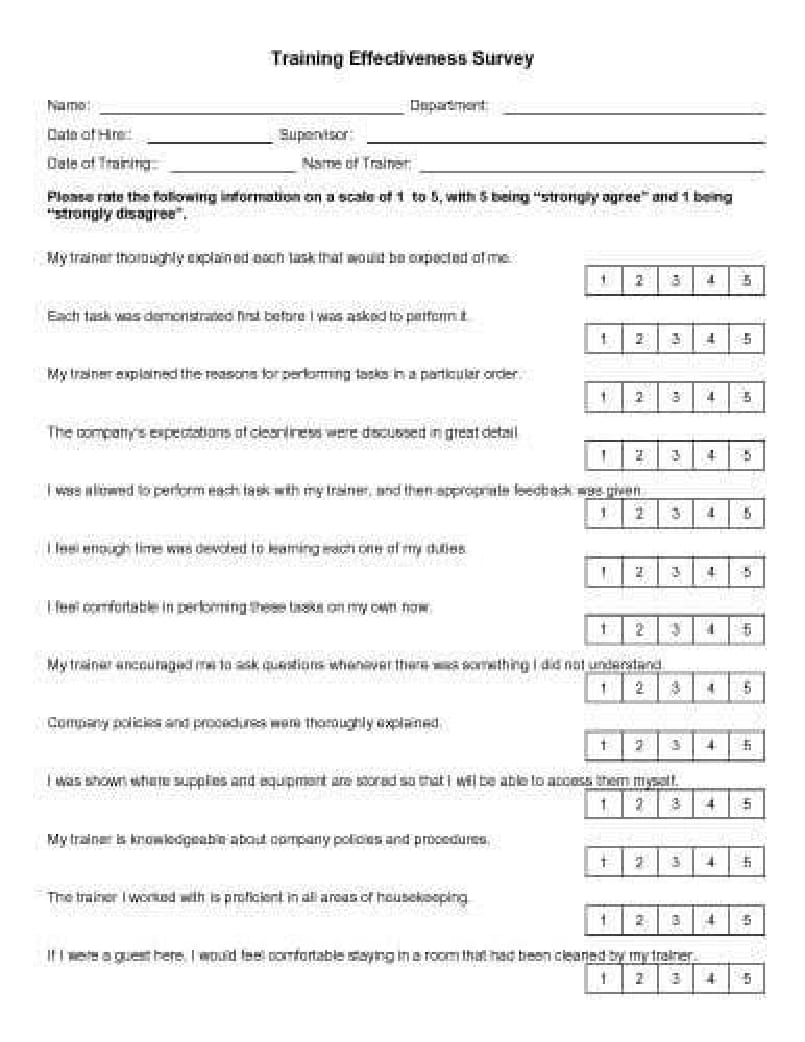

Interpretive research should attempt to collect both qualitative and quantitative data pertaining to their phenomenon of interest, and so should positivist research as well. Such numeric data helped her clearly distinguish the high-speed decision making firms from the low-speed decision makers, without relying on respondents’ subjective perceptions, which then allowed her to examine the number of decision alternatives considered by and the extent of conflict in high-speed versus low-speed firms. For example, Eisenhardt (1989), in her interpretive study of decision making n high-velocity firms (discussed in the previous chapter on case research), collected numeric data on how long it took each firm to make certain strategic decisions (which ranged from 1.5 months to 18 months), how many decision alternatives were considered for each decision, and surveyed her respondents to capture their perceptions of organizational conflict. Many puritan interpretive researchers reject this coding approach as a futile effort to seek consensus or objectivity in a social phenomenon which is essentially subjective.Īlthough interpretive research tends to rely heavily on qualitative data, quantitative data may add more precision and clearer understanding of the phenomenon of interest than qualitative data. Sometimes, coded qualitative data is tabulated quantitatively as frequencies of codes, but this data is not statistically analyzed. Hence, qualitative research is not amenable to statistical procedures such as regression analysis, but is coded using techniques like content analysis. Qualitative research relies mostly on non-numeric data, such as interviews and observations, in contrast to quantitative research which employs numeric data such as scores and metrics.
#Research 12 point measure for work orientation how to#
However, qualitative versus quantitative research refers to empirical or data -oriented considerations about the type of data to collect and how to analyze them.

Whether a researcher should pursue interpretive or positivist research depends on paradigmatic considerations about the nature of the phenomenon under consideration and the best way to study it. This is in contrast to the positivist or functionalist paradigm that assumes that the reality is relatively independent of the context, can be abstracted from their contexts, and studied in a decomposable functional manner using objective techniques such as standardized measures. Because interpretive researchers view social reality as being embedded within and impossible to abstract from their social settings, they “interpret” the reality though a “sense-making” process rather than a hypothesis testing process. Interpretive research is a research paradigm (see Chapter 3) that is based on the assumption that social reality is not singular or objective, but is rather shaped by human experiences and social contexts (ontology), and is therefore best studied within its socio-historic context by reconciling the subjective interpretations of its various participants (epistemology). The term “interpretive research” is often used loosely and synonymously with “qualitative research”, although the two concepts are quite different. Unlike a positivist method, where the researcher starts with a theory and tests theoretical postulates using empirical data, in interpretive methods, the researcher starts with data and tries to derive a theory about the phenomenon of interest from the observed data. Recall that positivist or deductive methods, such as laboratory experiments and survey research, are those that are specifically intended for theory (or hypotheses) testing, while interpretive or inductive methods, such as action research and ethnography, are intended for theory building. This chapter will explore other kinds of interpretive research. The last chapter introduced interpretive research, or more specifically, interpretive case research.


 0 kommentar(er)
0 kommentar(er)
